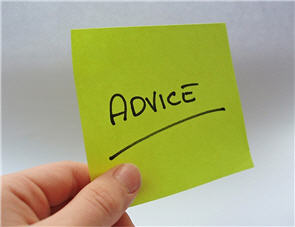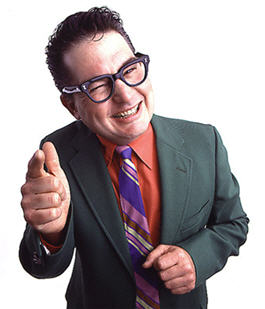How to Teach Giving Advice


Generally when introducing descriptions for the first time, textbooks and instructors focus primarily on describing people. The simplest way to teach descriptions is to use the structures “He/She is ~.” and “He/She has ~.” With these two simple structures, you can introduce and practice your new vocabulary quite extensively. Since learning how to describe someone is a lesson for beginners, more complex sentence structures such as “The tall girl with curly brown hair is in my class.” should not be used at this time.
Warm up
Use a warm up activity to review the basic sentence structures you plan to use in this lesson. You can ask for volunteers to answer questions which require them to use these particular structures. Another idea is to conduct a short activity. Have the first student in each column of desks stand up, and explain that only these students can volunteer to answer your question. The first student to volunteer and answer the question correctly can sit down and the person behind him must stand. This becomes a race to see what column of students can finish answering questions first. In order to play this game, the columns should be even but you can adapt it to work in most classes.
Introduce Basic Vocabulary
Using flashcards or drawings, introduce a new set of vocabulary. Adjectives like tall, short, long, short (write it on the board twice because these words are usually practiced in pairs), straight, curly, thin, fat, old, and young would be a good place to start. Drill these using your flashcards or drawings.
Practice
Have students complete some matching or fill in the blank exercises. The images used on these worksheets should clearly demonstrate what you are trying to convey to your students and should even match the images on the flashcards if possible. This will help reinforce the flashcard image, word, and meaning.
Introduce Additional Vocabulary
When describing people, there is some additional vocabulary that should be introduced. Words such as freckles, glasses, a mustache, and a beard, for instance, may be appropriate however your textbook will help determine which words should be used in this lesson. Use choral repetition to practice pronunciation. Check comprehension by asking questions such as “Who has glasses?” and have volunteers answer using people at your school, famous people, or cartoon characters.
Practice
A short practice activity that combines both sets of vocabulary would be appropriate at this point in the lesson especially if only a few words were introduced in the second set. You could show students images and ask for volunteers to say one sentence about the person in the picture or have a worksheet that required students to write a few sentences about some images. Matching exercises may also be appropriate and be sure to check the answers aloud as a class for further speaking practice before continuing to the production activity.
Produce
Students should now be able to accurately describe someone so give them the opportunity to produce material of their own. You can ask students to write a description of themselves or a partner and have students volunteer to read their descriptions aloud near the end of the lesson. You could also have students work in pairs and play a version of Guess Who? Obviously having enough of these games for your entire class is not feasible but you can adapt it for use in the classroom. Simply make up a worksheet with twenty to twenty-five images. Tell students to choose one image and then take turns answering yes/no questions based on the image they have chosen. Students can then put Xs next to images that have been eliminated and the first student to correctly guess his partner’s chosen image wins. It may even be possible to play this game multiple times within a single class period.
Review
You can ask students comprehension questions to review the new vocabulary words at the end of the lesson or ask for sentences that describe some of the images you used earlier in class. Whatever activity you use can be used as the warm up for the following lesson too.
Lessons on descriptions are important because most of the vocabulary can be used to describe more than just people and thus is useful in many future lessons as well. Since this vocabulary will resurface during the course of their studies, it will be important to review it frequently. If students enjoyed a particular activity more than others, make a note of it and reuse that activity when it comes time for a review.
How do you teach descriptions? Please share your ideas in the comments below.